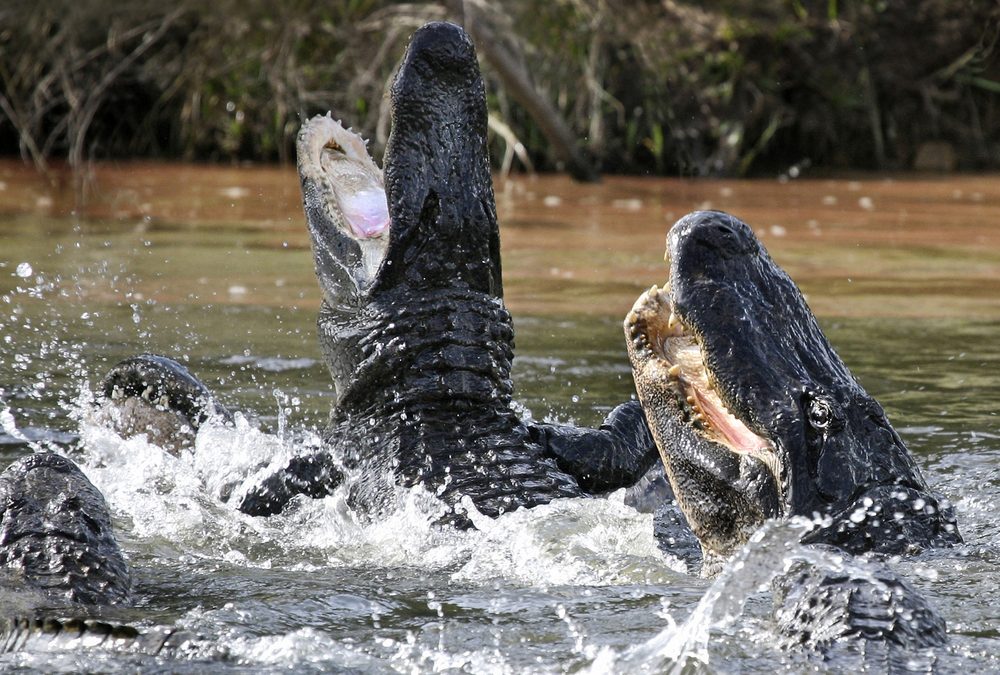Some of my clients find themselves in a catch-22. They don’t have enough people or the right people to get the job done, but they don’t have the time to recruit, interview, hire, on-board, and train the people who can get it done. In coaching sessions, they have many good ideas to get ahead of the curve, but they have no time to implement them.
When faced with a workload catch-22, there are a few steps you can take: 1) ruthlessly prioritize, 2) seek temporary help, and 3) develop a process to resolve the problem in the future.
Much has been written on prioritizing. Key ideas I’ve found effective are the following:
- Do those tasks that are important rather than urgent, unless the urgent is also important.
- Prioritize tasks that will get you leverage, such as hiring.
- Decide what can be delegated and ask staff to chip in with high-priority work.
- Ensure stakeholders know your priorities so they won’t be blindsided when tasks are moved to the backburner.
Getting temporary help is a no-brainer for basic tasks that can be farmed out to temp agencies, contract workers, or interns. But it’s also possible to obtain consulting help for tasks that require specialized skills and knowledge. Some clients have been able to augment their team’s bandwidth by hiring MBA students during the summer. When bringing in short-term consulting help, it’s important to clearly define the project scope and time frame for completion, otherwise short-term people may become long-term fixtures. With consultants you can request that they train whomever you hire to take on the work going forward.
I am often brought in by small- to mid-sized companies to design their leadership development strategy and curriculum. Given my experience I can do this task quickly, but there’s no reason I must be the person to implement it. I typically suggest the company hire a junior person who will enjoy running and maintaining the program. I set that person up for success by coaching and mentoring them during the transition phase. The company’s strategic use of my expertise results in a strategy and program they can use for years to come as well as a staff member who can grow their career in the company.
Sometimes stakeholders can be a source of temporary help. One client, Dinesh, told his business partner, Kate, that his team couldn’t help with her marketing campaign for several months. Kate said she valued his expertise and asked if there was anything her team could do to free up Dinesh’s team so they could tackle the campaign sooner. After reviewing his team’s workload, Dinesh found three tasks Kate’s team could handle.
To ensure that prioritizing tasks and augmenting staff aren’t just stop-gap actions, you’ll want toput in place a system to address workload problems in the future. To streamline the hiring process, look into building a relationship with search firms and freelance executive recruiters that focus on your industry or practice. Getting them up to speed on your needs and staffing requirements will take time, but it’s time well spent. When work is piling up and due dates are looming, you don’t want to be sent unqualified candidates as a result of job descriptions that weren’t targeted.
To streamline the hiring process, look into building a relationship with search firms and freelance executive recruiters that focus on your industry or practice. Getting them up to speed on your needs and staffing requirements will take time, but it’s time well spent. When work is piling up and due dates are looming, you don’t want to be sent unqualified candidates as a result of job descriptions that weren’t targeted.
Whatever you do, don’t wait. Swamps rarely drain on their own. The sooner you address the root cause of the problem, the sooner you’ll be able to focus on more strategic work so you can reach your goals.

